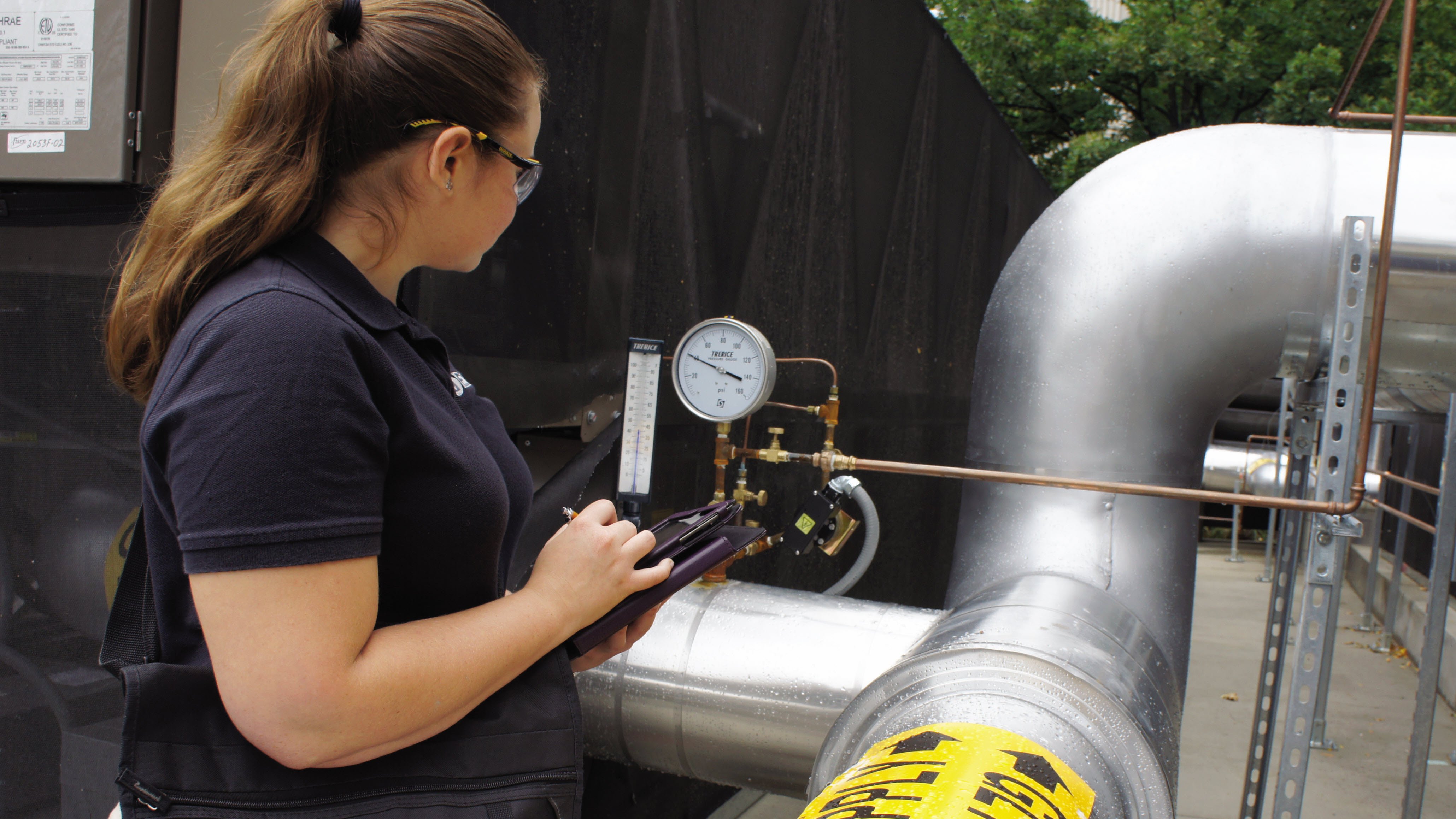A notable LOTO-related incident that resulted in huge fines for the company and a few managers happened in 2012, when a worker died after being enclosed in a pressure cooker at Bumble Bee Foods. In this case, the company agreed to pay $3 million to replace its ovens, $1.5 million to the deceased employee’s family, and more than $750,000 in combined fines, penalties and court costs. The safety manager and plant operations director were punished with probation, community service and fines. Another example is from November 2011, when a worker of American Biltrite Inc. was crushed while performing a maintenance task. This worker’s death led to an OSHA investigation, finding that the company had not rectified a previous violation, as well as nine new serious violations. OSHA issued a fine of more than $51,000.
Types of OSHA Violations
There are six different types of violations that OSHA can issue fines for:
- Other Than Serious violations – violations that create unsafe situations that are not likely to harm employees.
- Serious violations – violations that pose a significant threat to the employee, often resulting in death or maiming. Serious violations can be fined up to $70,000 per incident, though if companies work to correct the issue, the fine may be reduced.
- Willful violations – violations that intentionally breach OSHA standards. These can be fined up to $70,000 if no injuries or deaths occur. If an employee is injured or killed due to a willful violation, the company will face criminal charges and a fine of $250,000. Not having a lockout/tagout program is a common example of this type of violation.
- Repeat violations – Repeat violations are violations that have been previously fined, but are just different enough to be a new violation. These violations can be fined up to $70,000.
- Failure to Abate violations – violations that have been previously fined that the company has not corrected. These violations can be charged up to $7,000 per day until the situation is resolved.
- De Minimus violations – violation that are considered minor violations that are not fined, but will be included in an investigation.
Common LOTO-related violations include not having an accessible procedure or placard for each piece of equipment that needs it and improper training/lack of training for employees.
If it’s not already clear, you want to avoid employee injuries and OSHA fines at all costs – not only can it be a PR nightmare, but the fines themselves are never part of the annual safety budget. You don’t want to have to approach the C-suites to find that kind of money, so it’s in everyone’s best interest to make sure your LOTO program is compliant.
Strive for Compliance
It’s hard to unpack the technical language found in the OSHA regulation – that’s where a third-party provider that specializes in lockout/tagout can help. Whether you are responding to an OSHA investigation and need to make changes to lessen your fines, or you take the proactive approach, our Safety and Lockout/Tagout Services can help you develop a program you can be proud of.
Common challenges for manufacturers include:
- Underestimating how much documentation is required. From readily available procedures and training records to proper devices and lockout records, it can be very difficult to keep up with. Companies rarely have the resources to handle the full load – what you can do on your own in four months, might take a week or two with an ally like Rockwell Automation.
- Making LOTO program information available and easy to access for employees. With ScanESC lockout/tagout software, your company can put the entire program online so it can be accessed from phones and tablets via QR codes on procedures. This helps to confirm your employees have all the information they need to protect themselves, and helps your company document downtime and provide data for procedures and auditing purposes.
- Employee training. Ensuring employees are following your company LOTO policy is a huge challenge for most companies. Training needs to be held regularly for authorized and affected employees. This blog provides more details about training.
- Annual audits. According to the OSHA regulation, your program must be audited once per year. During the audit process, all procedures are reviewed for accuracy, and updates are made to procedures and signage as needed. Employees are also tested during auditing to make sure they understand the steps to locking out a machine.
No matter how larger or small your manufacturing operation, lockout/tagout is a crucial piece of overall safety compliance. Our Lockout/Tagout Services focus on the details and bring consistency to each step of the planning and process, so you can concentrate on what you do best.




